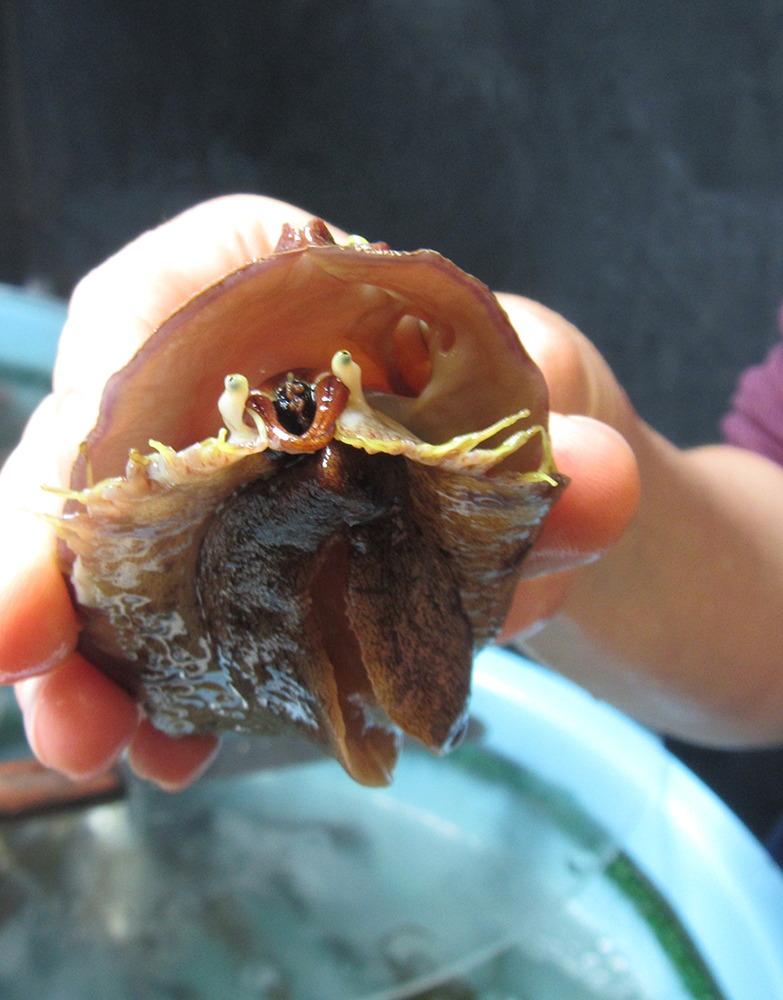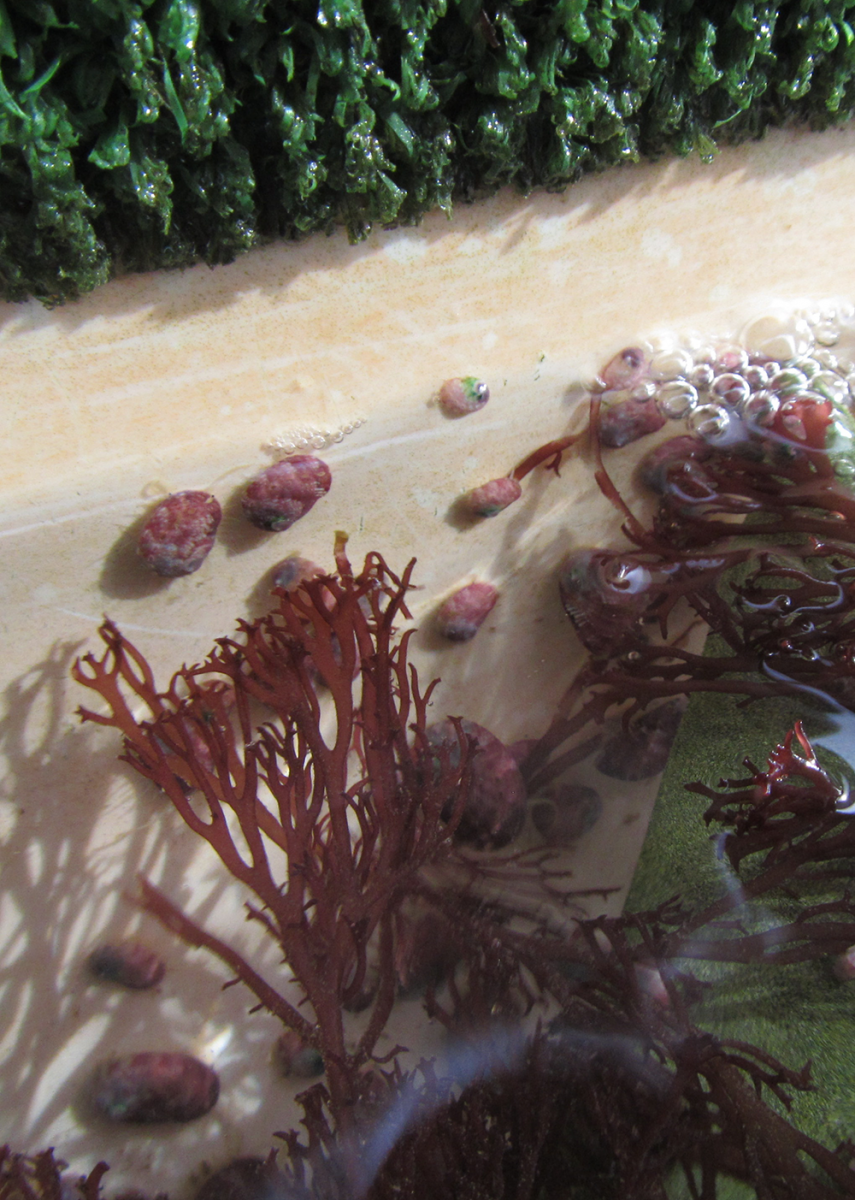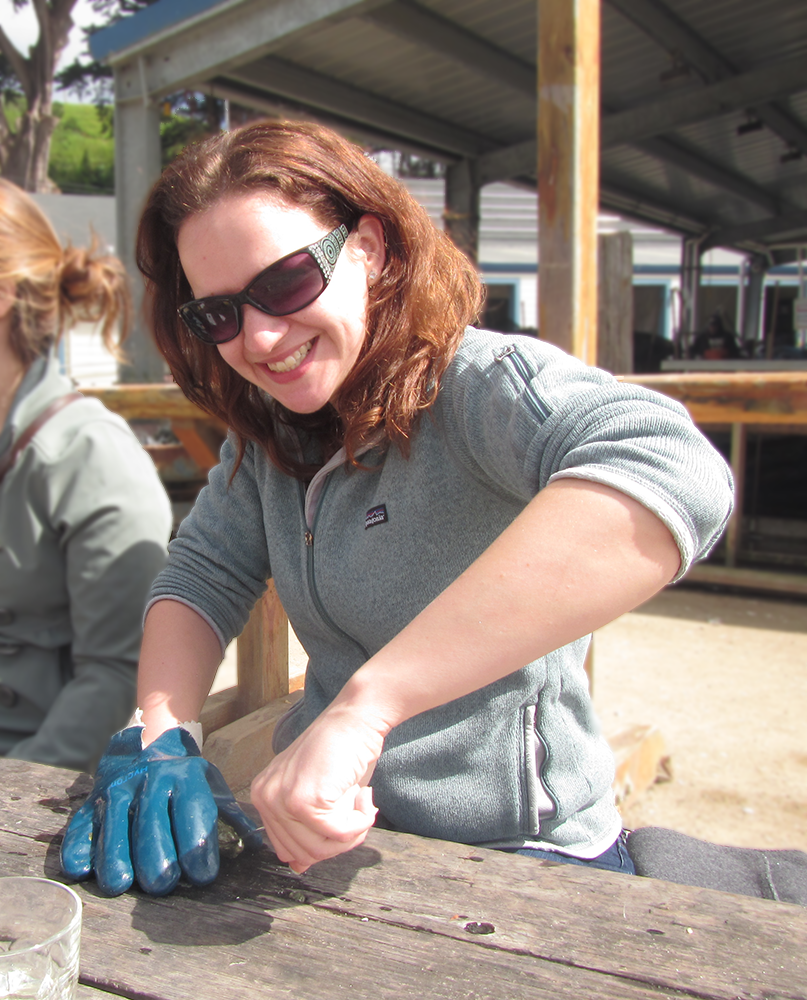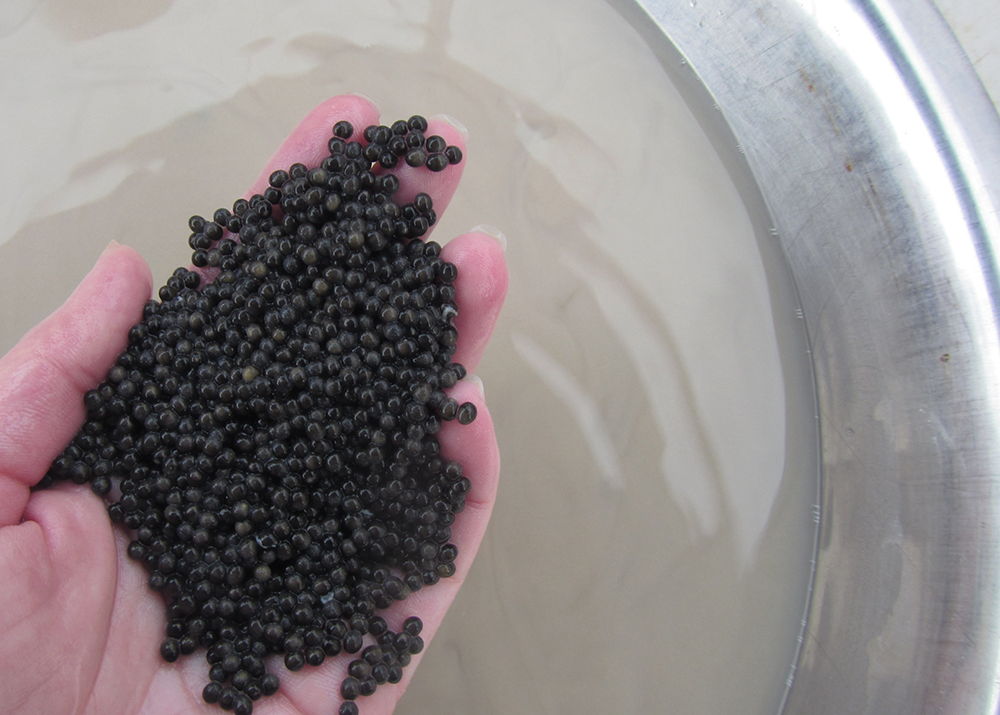Prior to the CA Sea Grant State Fellowship, I spent the last six years focused on endangered species research. I loved every minute of it, but was also ready to try something new.
After the Fellows matching workshop, I was particularly intrigued by the aquaculture fellowships. I knew the fellowships would allow me to learn more about restoration aquaculture, a practical next step of my endangered species work, but also give me the opportunity to learn about commercial aquaculture— something I knew very little about. Once I was placed with my top pick of NOAA Fisheries - Aquaculture, I was fully immersed (pun intended) in the murky world of aquaculture permitting...
I always knew it was a difficult process to permit aquaculture projects, but I’m flabbergasted by the actual time and cost required. Even important restoration work can take years to get all the necessary permits. Commercial aquaculture is equally affected by permitting issues, despite the strong economic and environmental reasons for expansion of the practice.



IMAGES: (left) Cultured white abalone at the Bodega Marine Lab. Photo by Kari Eckdahl; (center) Baby red abalone raised at the Cultured Abalone farm. Photo by Kari Eckdahl; (right) State Fellow Kari Eckdahl schucking an oyster. Courtesy photo
The U.S. seafood deficit
More than 90% of the seafood we eat is imported— over half of which is farmed. Altogether, the United States has a seafood deficit of over 11 billion dollars. Aquaculture can be a very sustainable food source, but the carbon footprint of importing the seafood we consume is astounding.
In addition, countries we are importing from don’t have the same environmental regulations that we have here. By growing seafood within our borders, federal and state regulations will ensure that it is done in a sustainable way with minimal impact to the environment.

Collaborative efforts to restore and expand aquaculture resources
Part of my fellowship involves working with multiple agencies to help improve the permitting process. Canon Purdy, CA Sea Grant State Fellow at the California Department of Fish and Wildlife, and I serve as rapporteurs for an offshore aquaculture workshop, and are involved in the California Shellfish Initiative. We are also in the process of creating Women in Aquaculture, a platform where women from all aspects of aquaculture can collaborate to address challenges facing restoration and commercial aquaculture.
Through this fellowship, I’ve realized the importance of supporting aquaculture and the need for the public to be more aware about what we consume. Contributing to projects like the California Shellfish Initiative and Women in Aquaculture are tangible ways I can help make the process more efficient. At just over halfway through my fellowship, I am excited by all the work there is left to do, and am inspired to continue working in aquaculture beyond the fellowship.
Written by Kari Eckdahl



